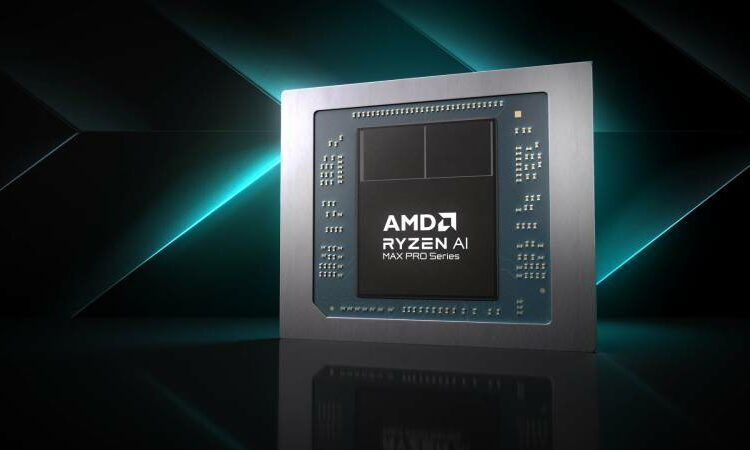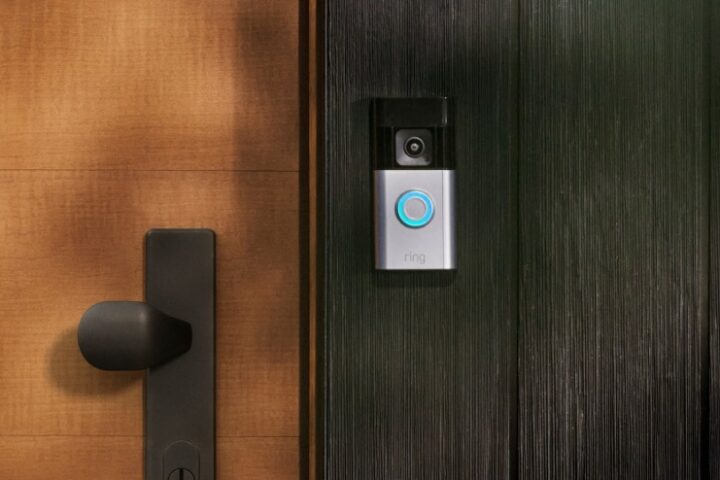Framework, widely recognized for its modular and repairable laptops, has now entered the desktop market with its first-ever desktop PC. Despite its compact size, this new machine delivers impressive performance.
What makes it stand out is what’s inside. Framework is among the first to incorporate AMD’s latest Strix Halo architecture, also known as the Ryzen AI Max processors. This high-performance chip is designed for both gaming enthusiasts and users who want to run large language models locally.
The Framework Desktop is bu
ilt for two distinct audiences: gamers seeking a powerful yet space-saving setup and AI developers who require on-device processing power.
Visually, the Framework Desktop has a unique, almost playful design. At just 4.5 liters in volume, it’s smaller than both the PlayStation 5 and Xbox Series X, thanks to its mini-ITX mainboard.
One of its standout features is its fully customizable front panel, which consists of 21 interchangeable square tiles. Buyers can personalize their PC by selecting different colors and patterns when ordering from Framework’s website.
On the connectivity side, the desktop offers standard mini-ITX ports alongside Framework’s signature expansion card system. With two slots in the front and two in the back, users can mix and match modules such as USB-C, USB-A, a headphone jack, an SD card reader, or even additional storage.
The internal layout of the Framework Desktop is clean and straightforward, featuring a mainboard with AMD’s latest accelerated processing unit (APU), a cooling fan, a heat sink, a power supply, and two M.2 2280 NVMe SSD slots for storage expansion.
At the heart of the system is AMD’s Strix Halo APU, which is directly soldered onto the mainboard. Framework offers two configurations: the Ryzen AI Max 385 and the more powerful Ryzen AI Max+ 395. The high-end model boasts 16 CPU cores, 40 graphics cores, and 80MB of cache, while the entry-level version comes with 8 CPU cores, 32 graphics cores, and 40MB of cache.
One of the most debated design choices is the RAM. Unlike traditional PCs, Framework has opted for soldered-in LPDDR5x memory, offering configurations between 32GB and 128GB. This decision means users won’t be able to upgrade or expand RAM later.
“We had to break away from PC norms when it came to memory,” Framework CEO Nirav Patel explained in a blog post. “To achieve the massive 256GB/s memory bandwidth that Ryzen AI Max enables, we had to solder the RAM. Despite extensive collaboration with AMD, modular memory at this scale wasn’t technically feasible with the 256-bit memory bus.”
While the lack of upgradability might concern some users, having up to 128GB of unified memory opens the door for serious AI workloads. Large language models like Llama 3.3 70B can run smoothly on this system using Ollama, llama.cpp, and other open-source AI tools. Other models from Mistral, Nous, Hermes, and DeepSeek should also perform efficiently on the Framework Desktop.
For those interested in building custom AI or computing clusters, Framework also sells the mainboard separately. The company has even showcased a mini-rack system featuring four interconnected Framework Desktop mainboards running parallel AI processes.
Pricing starts at $1,099 for the base model, while the high-end configuration reaches $1,999. Like other Framework devices, the desktop supports Windows as well as popular Linux distributions like Ubuntu, Fedora, and Bazzite, making it a versatile option for both developers and gamers alike.
- How to Check IIT GATE 2025 Results Online? Complete Guide - March 19, 2025
- Deadmau5 Sells Song Catalog for $55M to Launch New Music Venture - March 6, 2025
- Japanese Girl Group F5ve to Drop Debut Album ‘Sequence 01’ in May - March 6, 2025









